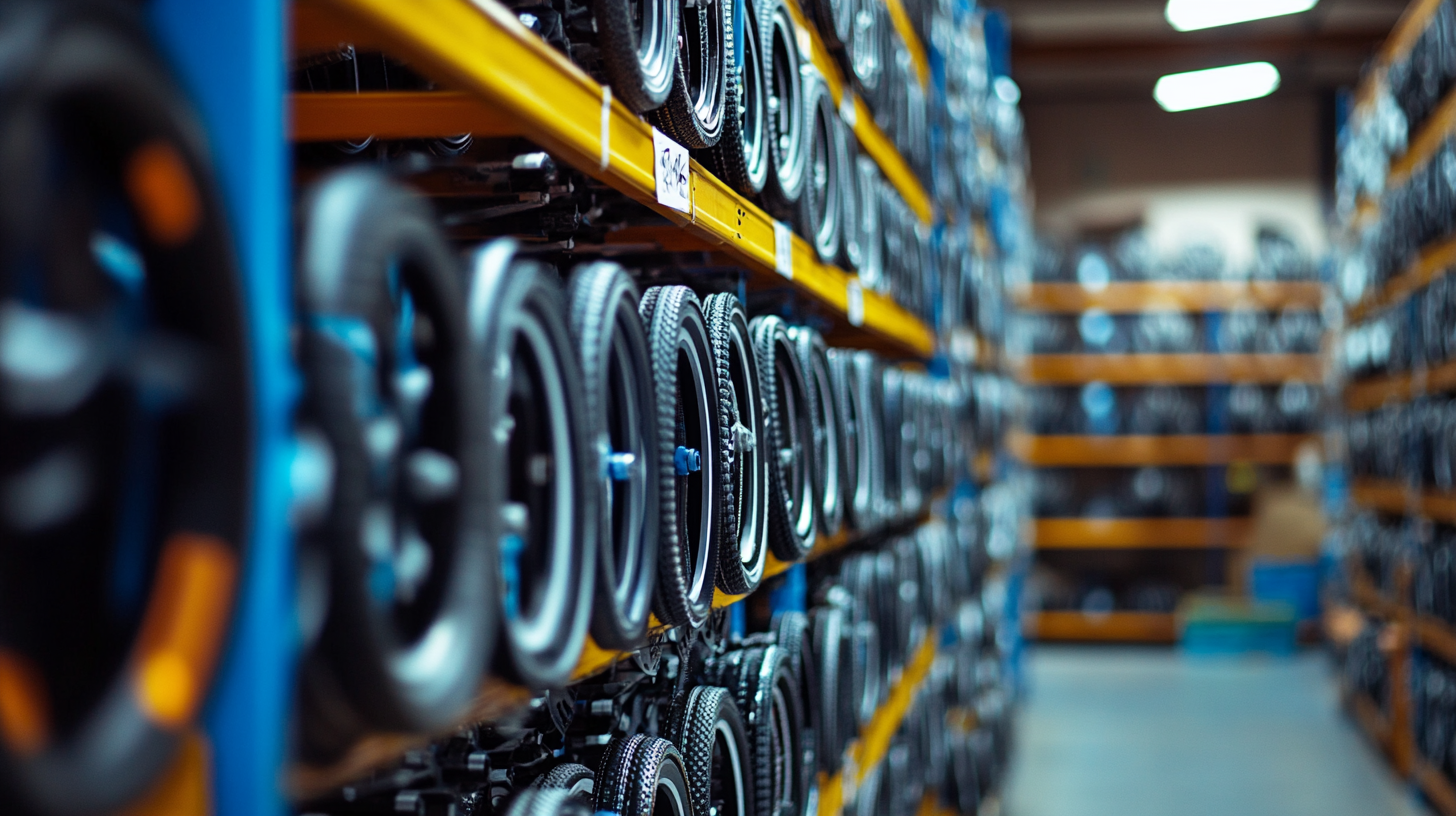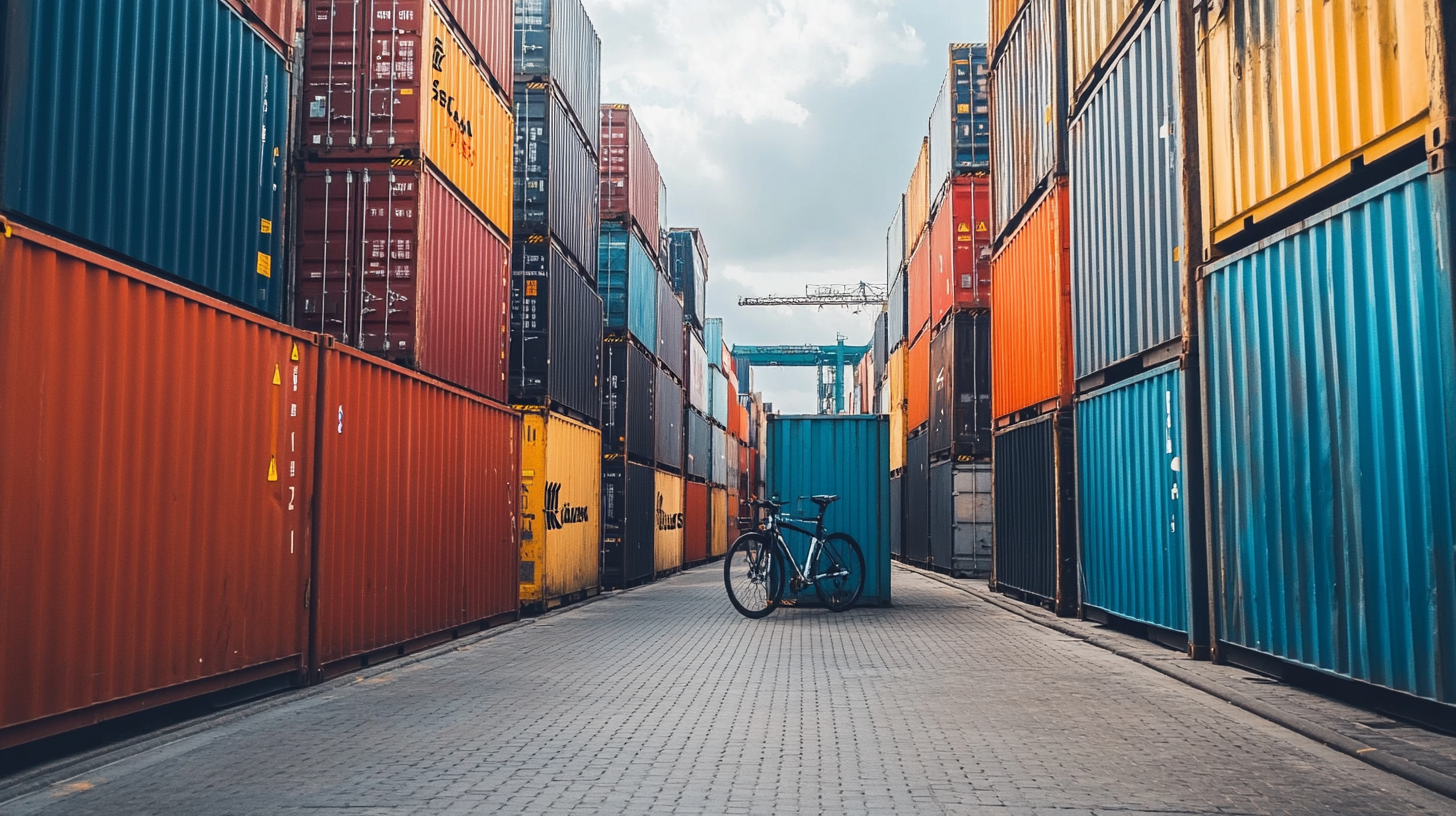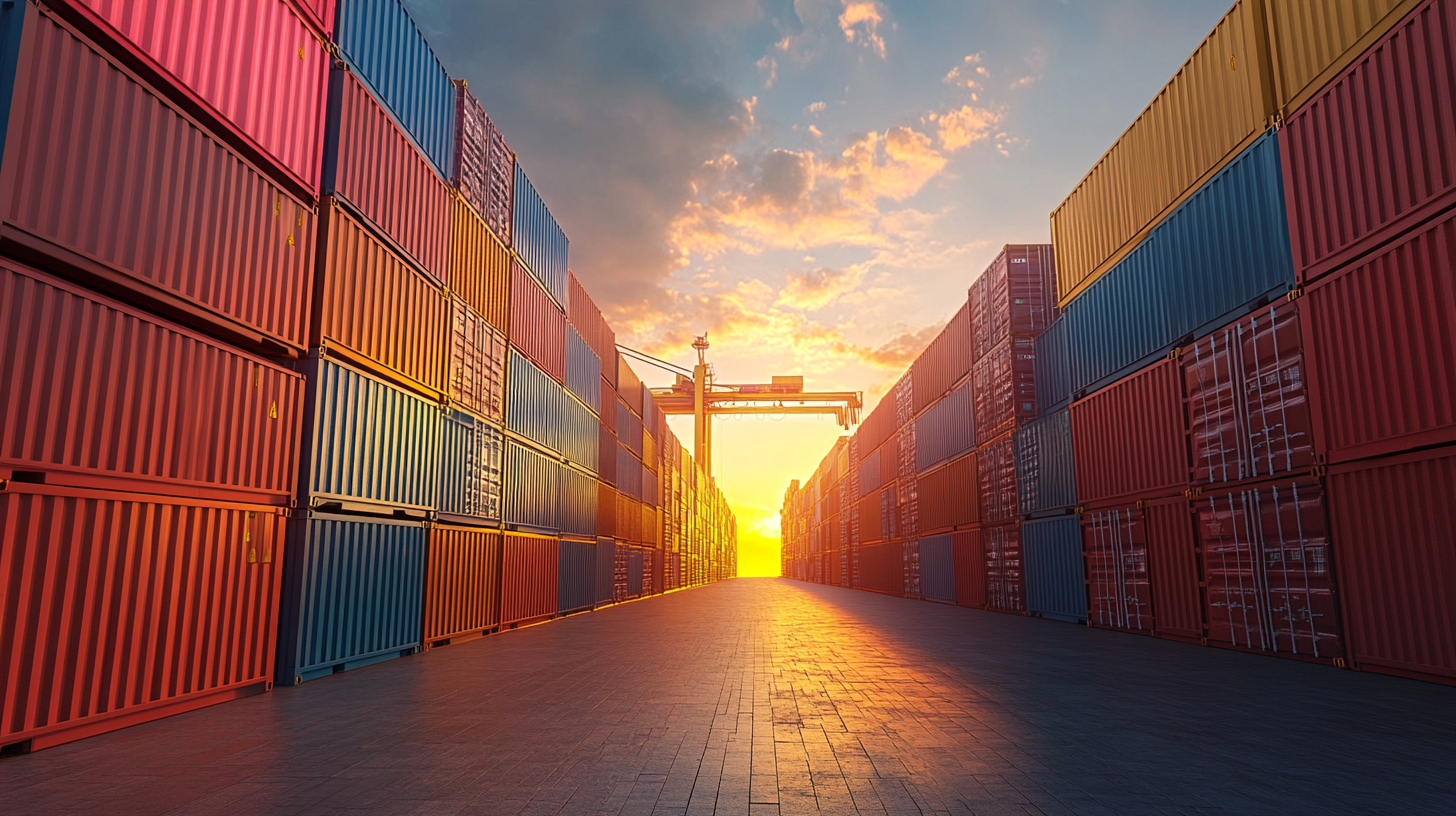In recent years, the global demand for high-performance bicycles has surged, particularly for the Carbon Fork Road Bike. According to a report by Grand View Research, the global bicycle market is projected to reach USD 78.9 billion by 2025, with a significant contribution from road bikes, which have gained popularity among both serious cyclists and casual riders. This trend is bolstered by an increasing emphasis on sustainable transportation and a growing fitness-oriented culture. With the Carbon Fork Road Bike at the forefront of this evolution, it is essential to understand the import-export regulations governing their sourcing across international borders.
Navigating the complexities of import-export regulations can be a formidable task for manufacturers and distributors. The World Trade Organization (WTO) outlines specific tariffs and trade agreements that can significantly impact the cost and feasibility of sourcing Carbon Fork Road Bikes globally. As noted in a recent industry analysis, non-compliance with these regulations could lead to hefty fines and supply chain disruptions, which can adversely affect businesses striving for competitiveness in this lucrative market. Therefore, a comprehensive understanding of the regulatory landscape is crucial for stakeholders looking to capitalize on the burgeoning demand for Carbon Fork Road Bikes.

When sourcing carbon fork road bikes globally, understanding the key international standards is crucial for compliance and ensuring high-quality products. One of the primary standards to consider is ISO 4210, which outlines the safety requirements for bicycles. This standard includes rigorous testing for structural integrity and performance to ensure that the bikes can withstand various conditions and usage scenarios. Compliance with ISO standards not only assures the quality of the product but also builds trust with consumers who are increasingly aware of safety and performance metrics.
Another important standard is the EN 14766, specifically focused on mountain bikes, which, while not directly related to road bikes, shares principles governing the durability and safety of components. Adhering to these standards during the sourcing process helps manufacturers mitigate liability risks and enhances overall product reliability. Additionally, understanding the differences in regulatory requirements between regions, such as those established by the European Union vs. North America's CPSC regulations, can also inform sourcing decisions.
Performing due diligence in evaluating international standards ensures that suppliers not only meet the necessary compliance but also provide a competitive edge in the market. As the demand for carbon fork road bikes continues to grow, aligning with these key regulations will be essential for navigating the complexities of international trade while maintaining a commitment to safety and quality in cycling products.
This bar chart illustrates the average import regulations time (in hours) for sourcing carbon fork road bikes across different regions. Understanding these regulations can help manufacturers and suppliers navigate the complexities of global trade more effectively.
Navigating tariffs and duties is a crucial aspect of global sourcing for carbon fork road bikes, as these costs can significantly impact pricing and profit margins for businesses. According to a report by the World Trade Organization (WTO), global trade in bicycles, including components like carbon forks, is subject to varying tariffs that can range from 0% to over 20% depending on the importing country. For instance, the United States typically imposes a 2.5% tariff on imported bicycles, while some European countries impose higher rates, thereby influencing sourcing decisions.
Furthermore, understanding the customs duties is essential for maintaining compliance and ensuring that products enter the market smoothly. A study by the International Trade Centre (ITC) indicates that nearly 30% of businesses encounter significant delays at customs due to misinterpretation of import regulations, which highlights the importance of thorough preparation. Detailed documentation—including invoices, certificates of origin, and compliance with environmental regulations—is vital to mitigate customs risks.
As companies seek to enhance their supply chains, they must also stay updated on tariff changes that can result from trade agreements or new policy measures. The recent EU-China trade agreement, for instance, aims to reduce tariffs on many cycling products, which could be beneficial for companies sourcing carbon fork road bikes from Asia. Proactive engagement with trade consultants or leveraging technology-driven platforms to monitor regulatory changes can provide a competitive advantage in this dynamic landscape.
When sourcing carbon fork road bikes globally, understanding the essential documentation for importing these high-performance bicycles is crucial. The increasing demand for lightweight and durable bikes has led to a boom in international trade, making compliance with import regulations all the more necessary. According to a report by Research and Markets, the global carbon bicycle market is projected to reach USD 1.2 billion by 2026, emphasizing the importance of meeting regulatory standards for manufacturers and importers alike.
One of the key documents required for importing carbon fork road bikes is the Bill of Lading (B/L), which serves as proof of the contract of carriage and ensures that goods are transferred from the exporter to the importer. Additionally, an Importer Security Filing (ISF) is mandated by the U.S. Customs and Border Protection (CBP) for cargo transported by vessel, requiring detailed information about the shipment to be submitted prior to arrival. This document aims to enhance security and facilitate proper risk assessment, helping to streamline the importation process.
Furthermore, ensuring compliance with the Harmonized System (HS) codes is vital, as these codes classify products for tariffs and trade statistics. Carbon fork road bikes generally fall under specific commodity codes, which vary by country, influencing tariffs and compliance regulations. According to the World Customs Organization, an estimated 80% of international trade relies on accurate HS coding, highlighting its significance in mitigating delays and fines during the importation of bicycles.
When sourcing carbon fork road bikes globally, identifying reliable suppliers is essential for maintaining quality assurance. As the demand for high-performance bicycles continues to grow, ensuring that suppliers adhere to strict quality standards has become more critical. One effective approach in this process is the integration of Total Quality Management (TQM) principles, which focus on continuous improvement and customer satisfaction.
TQM emphasizes the importance of all employees participating in quality initiatives, creating a culture that prioritizes excellence. By adopting TQM, businesses can streamline their sourcing processes, minimize defects, and foster stronger relationships with suppliers. This proactive approach not only assists in identifying suppliers who uphold quality but also ensures that the products meet the expectations of discerning consumers.
Furthermore, establishing clear communication channels and creating thorough evaluation criteria are crucial in assessing potential suppliers. Regular audits and feedback loops can help maintain quality standards throughout the supply chain. By embracing TQM methodologies, companies looking to source carbon fork road bikes can enhance their operational efficiency, ultimately leading to improved customer satisfaction and loyalty in a competitive market.

In recent years, the carbon fiber industry has experienced remarkable growth due to the increasing demand for lightweight, durable materials in various sectors, particularly in premium bicycle manufacturing. However, sourcing carbon fiber road bikes globally necessitates a thorough understanding of the environmental regulations governing carbon production. These regulations are designed to mitigate the environmental impact associated with carbon manufacturing processes, ensuring that sustainability remains a top priority in the industry.
Manufacturers must comply with stringent guidelines that address the sourcing of raw materials, energy consumption, and waste management practices. The extraction of carbon fiber often involves the use of hazardous chemicals, necessitating a focus on eco-friendly methods and materials. By adhering to environmental regulations, manufacturers can minimize their carbon footprint and promote the responsible use of resources. This not only benefits the environment but also enhances brand reputation among increasingly eco-conscious consumers.
In addition to production regulations, companies should also consider disposal and recycling protocols for carbon products. As the cycling industry grows, it is essential to develop sustainable end-of-life strategies for carbon bicycles to prevent waste accumulation. Collaborating with specialized recycling firms can help manufacturers contribute to a circular economy, where materials are reused and repurposed, thus supporting a healthier ecosystem. Overall, understanding and implementing these environmental regulations is crucial for businesses looking to thrive in the competitive landscape of global carbon fiber manufacturing while promoting sustainability.

